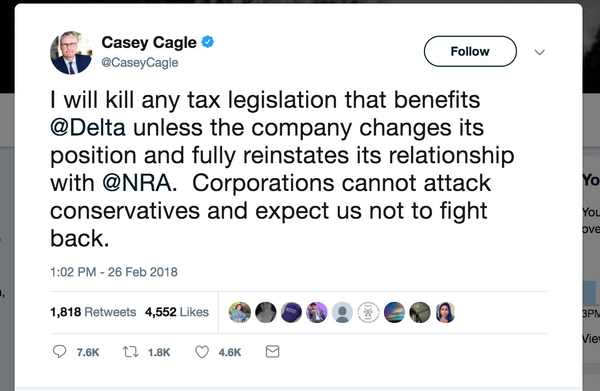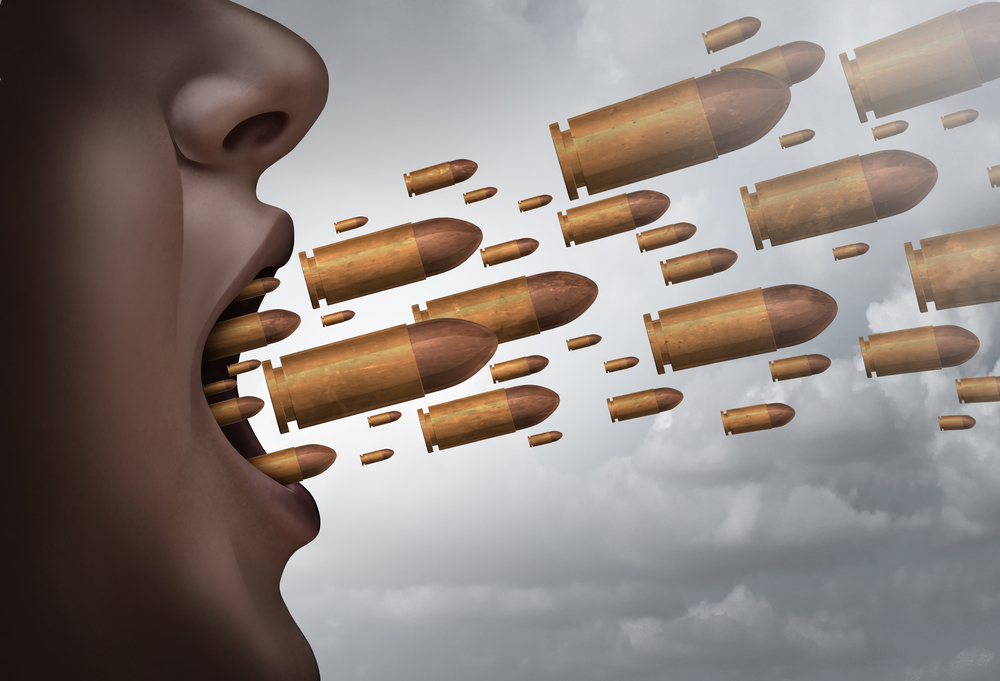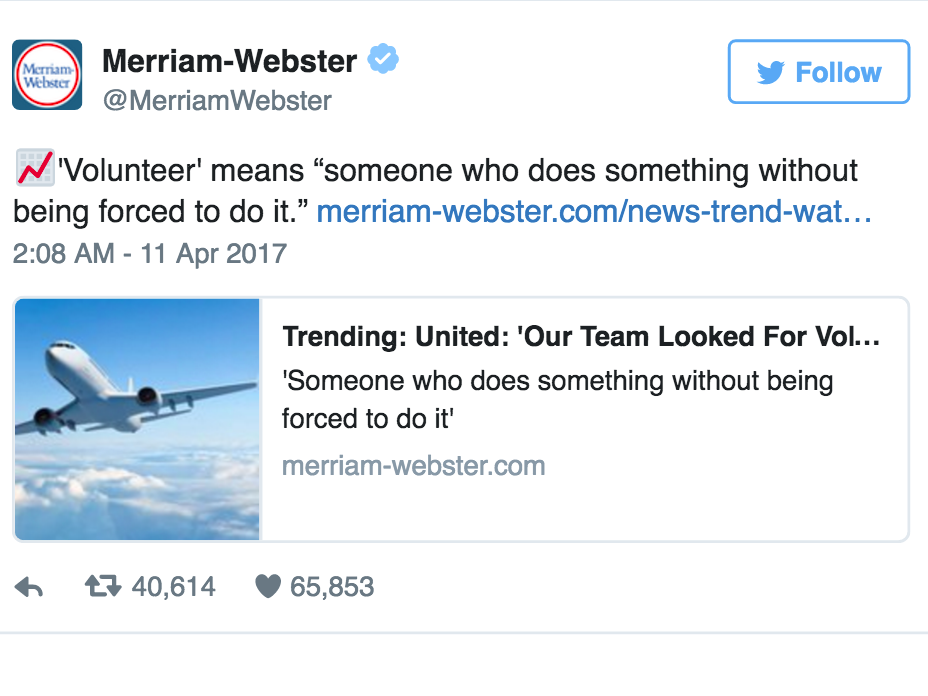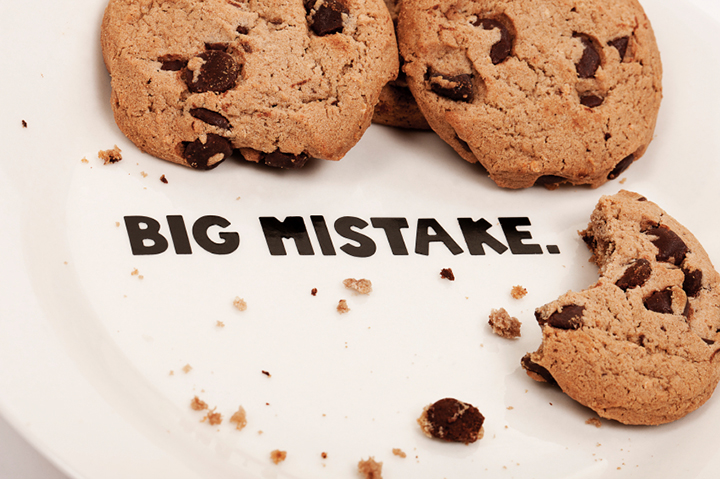When should a large company take a political stand? Some PR experts would say never. And you can’t blame big companies if they want to avoid public debates about the causes of gun violence, climate change, or other politicized issues. But increasingly, corporate America is being asked to pick a side. It seems there’s more pressure than ever for major corporations to weigh in on seemingly irresolvable problems or to bridge irreconcilable divides.
The latest case in point is that of Delta and the NRA. There are many other companies involved here, but it’s Delta who made it into the NRA’s crosshairs. The story started with the tragic Parkland, Florida shooting that spurred a new wave of activism to prevent gun violence. And the response to Parkland has given fresh hope to gun-safety advocates. Due to the eloquence of the students, but also because of anti-Trump sentiment among Democrats and Independents, the movement just feels different from past responses to mass shootings.
Delta was only one of many corporations who announced it would end a discount to NRA members, and its action was initially applauded by many observers. But the GOP in Georgia, where Delta is headquartered and has its hub, didn’t take kindly to the gesture. The state Senate has pledged to revoke a $40 million tax break granted to Delta unless it reverses the NRA position.
What’s a business-minded corporation to do? Any decision it takes will anger a contingent somewhere. But Delta’s dilemma is increasingly common, and it won’t be the last to face such a choice.
 I’ve blogged about how companies can embrace social activism in the Trump era, and why CEOs should speak out on key issues as business leaders. But when a public company like Delta faces the loss of a lucrative tax abatement, the stakes rise. After all, it is as beholden to its Board and shareholders as to its employees and customers. And if it caves to state political pressure and reverses its stand, will business really suffer? It’s one thing for a customer to threaten to fly United, but in a highly consolidated category like air travel where routes, convenience, and price are all huge factors, a true boycott is unlikely. That’s probably why FedEx has said it will continue to offer NRA members discounted shipping despite organized protests. There’s just not that much choice in the shipping category.
I’ve blogged about how companies can embrace social activism in the Trump era, and why CEOs should speak out on key issues as business leaders. But when a public company like Delta faces the loss of a lucrative tax abatement, the stakes rise. After all, it is as beholden to its Board and shareholders as to its employees and customers. And if it caves to state political pressure and reverses its stand, will business really suffer? It’s one thing for a customer to threaten to fly United, but in a highly consolidated category like air travel where routes, convenience, and price are all huge factors, a true boycott is unlikely. That’s probably why FedEx has said it will continue to offer NRA members discounted shipping despite organized protests. There’s just not that much choice in the shipping category.
Yet if I were advising Delta, I’d tell its management to stick to their guns in standing for gun safety, despite the cost. And that’s not just because it’s a principled position. First, flip-flopping only serves to anger everyone. It also shows weakness, which invites further pressure. Also, I feel the response to what seems like the umpteenth mass shooting of late truly is a turning point. With a movement led by high-school students growing and a public march scheduled within the month, anti-NRA sentiment is on the side of gun safety advocates. There will be setbacks, but I believe the NRA is the tobacco industry of the post-Millennial generation.
But more importantly, companies really do need to stand up for their values, not matter what the outcome. These difficult and divisive issues aren’t going away, the pressure on corporate America will only grow. Pick a side, and stick to it.






